Sensory Home Lighting
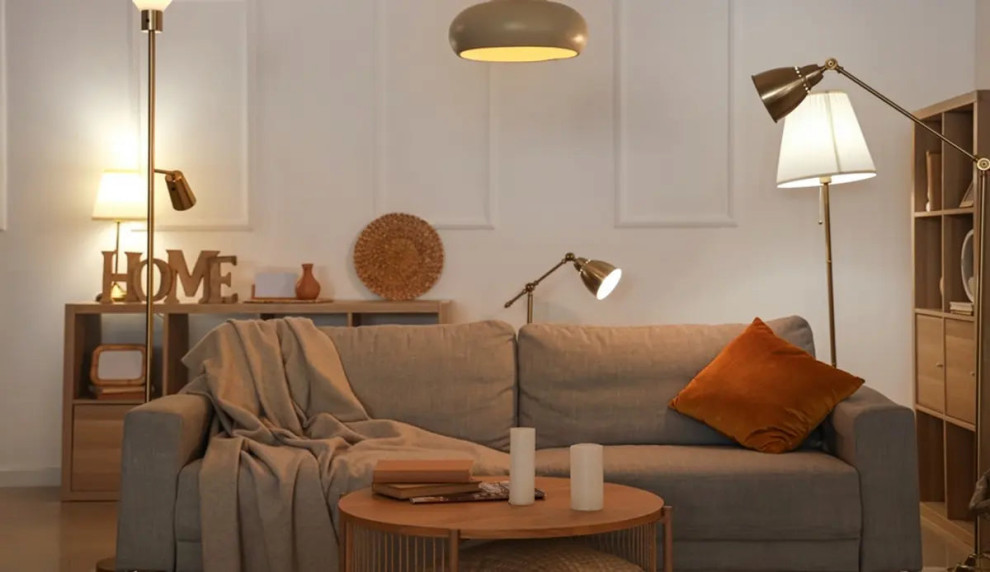
Did you know that living, working and resting in a room with incorrect lighting can cause you stress? Who would have thought that a flick of a switch or a voice command to a smart lighting hub would have such an impact!
Part 2 of this Sensory Home Series focuses on the best use of lighting for our homes. This is beneficial for both Neurotypical and Neurodiverse families. With so many options available out there, the choice can feel quite overwhelming and once you have chosen your style, there are still choices to be made on the correct light temperature and brightness of it too!
Lets shine some light on these decisions.
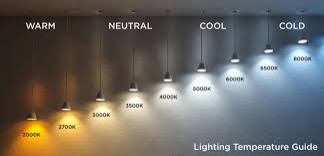
Lets talk technical first, What is Kelvin and Lumen? and why do they matter?
Simply put, this is how the colour and brightness of a bulb is determined.
The Kelvin Scale is how light temperature is measured, and how our eyes perceive the light given off, for example a warmer, ambient and relaxed glow has a Lower scale degree of 2000-2700K. The colder shade thats more energised and white comes higher up the scale at 4000k plus.
Choosing the correct colour temperature is key to creating the atmosphere of a room.
Once you have chosen your colour, you then need to choose how bright you want it to be.
Heres a quick breakdown:
2000-2700 Very Warm: Perfect for accent and mood lighting, its a very warm glow with reddish-pink undertones. Think of a flickering candles and a low burning fire that genrally have the light temperature of around 2000-2300
2700-3000 Warm: This is a multifunctional and general light tone, great in most living areas of the home including kitchens, living rooms, bathrooms and entrances. Its quite easy on most peoples eyes which makes it ideal to use in sensory design, specifically for Neurodiversity. This colour temperature has a orange to yellow undertone. It has a restful energy without being harsh.
3000-4000 Neutral: The most functional lighting is found within this range. The temperature is close to daylight and can have a blue-ish undertone. It is energised and although not suitable for creating a cocooning and nurturing atmosphere, its good for a home office and areas of the home required for focus or undivided attention.
4000 - 6000 + Daylight and colder: This temperature range is daylight and above, it is good for large social spaces such as shopping centres, stadium venues, work environments and food halls. However in a home environment, this cold tone will feel too stark and uninviting. Its hightly energised and would feel too harsh to live with day and night.
What about Lumens?
Losing it over Lumens? ...Just to make things more confusing, now industry standards have moved from our well known 'WATT' which was a measure of 'energy used' in older style bulbs which had a direct correlation to how bright the bulb would be, to 'Lumens'- which measures 'brightness given' because modern, LED driven bulbs use much less power to achieve a bright light, and they are not the same!
Heres a quick guide!
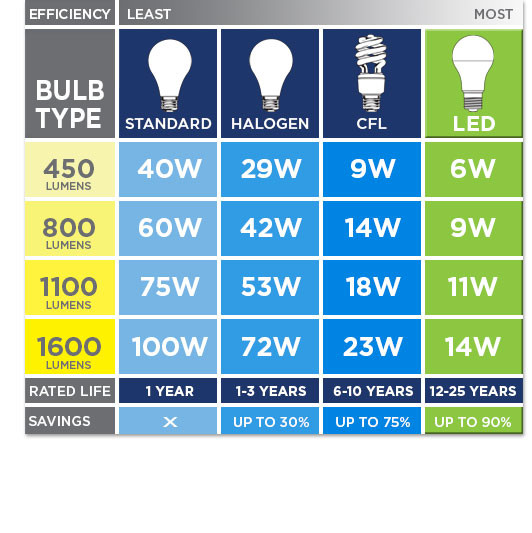
The higher the Lumens means 'brighter the light' in the colour you have chosen!
200-400 LM : Mood lighting or a soft glow.
400-800 LM: Functional mid- level lighting for General home use.
800-1600 LM: Brightest light for Large, functional spaces such a work or canteen environments.
TOP TIP!
When choosing your light colour and brightness, make sure you keep unity between your bulbs in smaller rooms or open plan areas of your home. However, you can also use light colour to create
zones! For example, using a desk lamp with a Neutral light over your work space will help you remain focused. for example a 800 LM (9W-led) and 4000 colour!
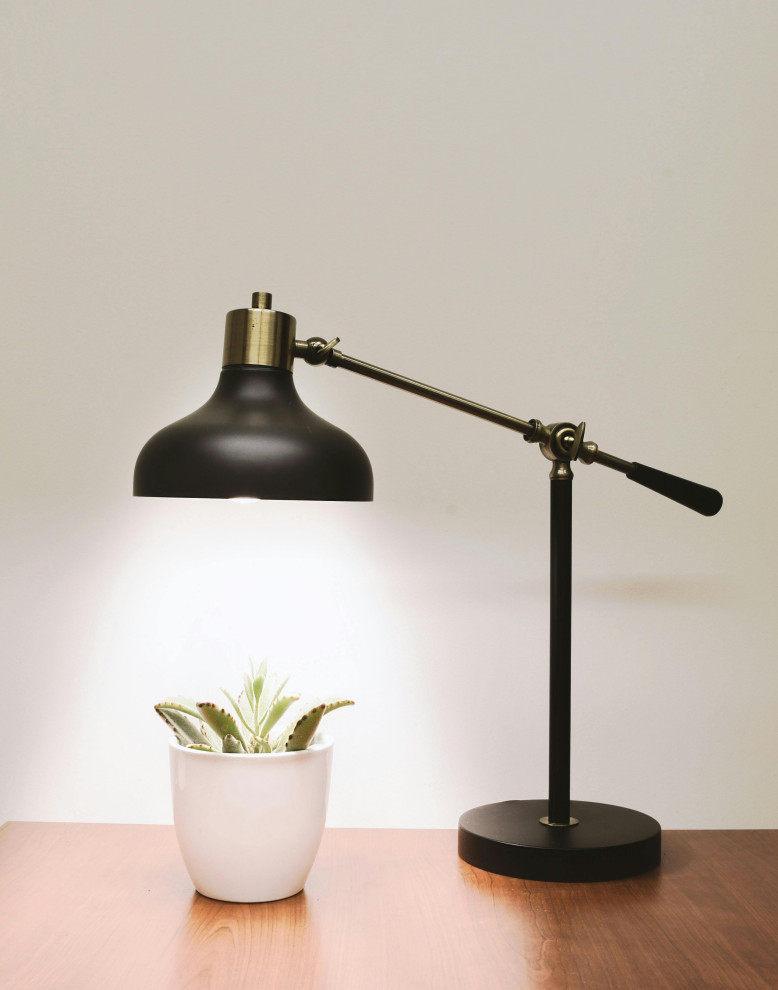
Then using lamps all at a lower level on coffee tables, shelves and side boards in a 450LM (6W-led) and 2700 colour creates a really cosy, relaxing and homely feel!
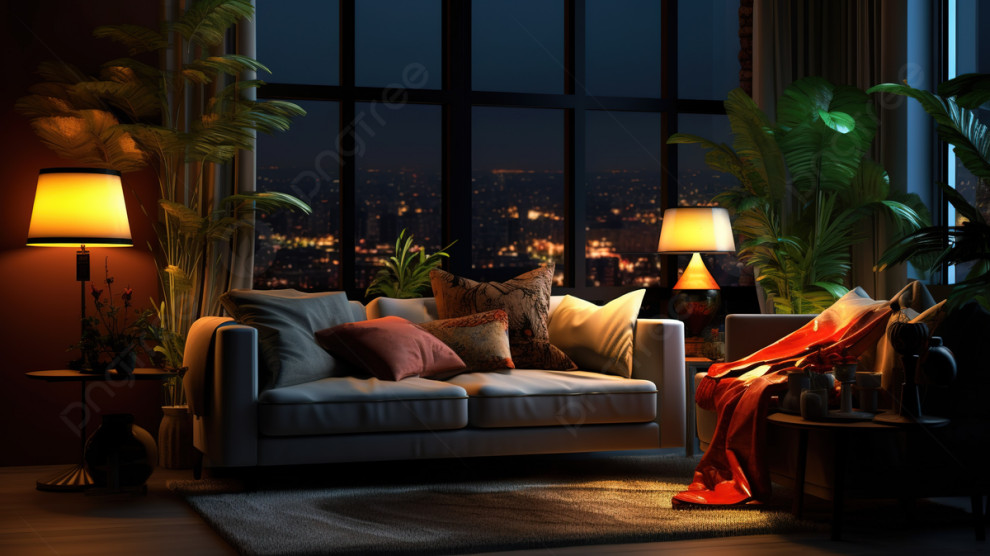
How can we use light in our homes?
Lets think about light differently for a moment. By choosing your light and its placement in your room, you are also curating your own shadows! we can use shadows to create zones and add curiosity to a space. However, it's important to avoid creating shadows in areas of use where brighter light is key, like having all light behind you when using a mirror, or placing a lamp far back, on a deep shelf you want to sit below it to read. Using directional light, for example with an 'Angle poise style lamp' means you can focus attention for where the light goes and the shadow behind creates the contrast from it.
'Natural day Light' in our homes is also a vital part of creating a healthy environment, and although we don't control the temperature of light coming into our homes, we can manage the light from windows and doors we are presented with, and how it effects our spaces.
Allowing in as much as possible during the day benefits mental health wellbeing and sleep regulation of an evening, we can also defuse the light coming in with well chosen window dressing taking advantage of the shadows, natural light creates in our homes. For example, house plants that thrive from both daylight and shaded areas are well placed in parts of the home near windows that do not have full sun all day! - more on this subject as we continue our Sensory Series together.

Where to place lighting?
Lamps that are hard wired, plug-in, battery or rechargeable are perfect for providing, positional flexibility. From shelves, tables, floors, book piles or even plant stands, lamps can feature in every room of the home.
They can be easily moved around to create the right feel for each room, as required.
Main lights also need to have consideration for their ceiling location, it's not one rule for every room, for example in most Dining areas, you'll need the light lower and centred to the table and not centred to the room.
Having flexibility with lighting options, is also key in fulfilling the needs for Sensory home interiors.
Visual stimulation is a huge part of how our environments make us feel.
"It's important to truly understand the level of light and brightness that works for you and your family individually".
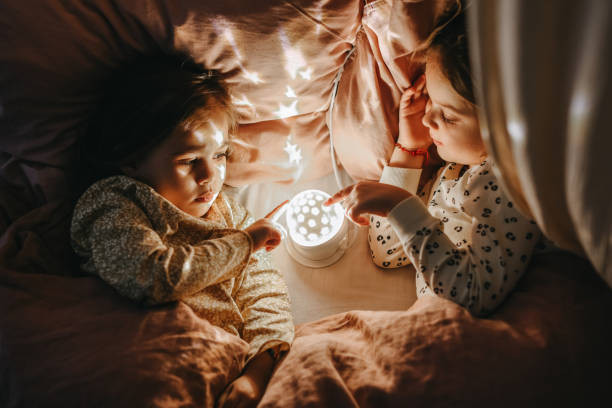
The Sensory Effect of lighting.
Lighting can significantly impact on the mood, focus and overall wellbeing of Neurodiverse individuals, particularly those with Sensory Processing differences who are often hyposensitive. The correct use of Light, can be used to create the perfect calming or stimulating environment. Other benefits to Sensory Lighting are,
1- Reduces anxiety and promotes a calming, nurtured feel.
2- Encourages Emotional Regulation
3-Helps concentration and understanding
4-Creates and environment where people feel welcome and inclusive
5-Helps creative thinking and social play
Children and Adults with Sensory differences often feel overwhelmed and can have chaotic minds, they benefit from feeling in control of their own environments. Lighting options such as Remote, Smart and Portable are brilliant ways to facilitate this. These options often give a choice of light colour and brightness, helping create different sensory effects in the space, remembering White/Green and Blue tone lighting is more stimulating while warm Yellows/Reds and Pinks are more restful.
TOP TIP!
Where possible, use DIMMER switches in rooms where you would benefit from both low and bright light, for example in an open plan Kitchen/Dining area... you will need brighter lights for food preparation, cleaning and day to day use but, it would better to be able to turn those light down of an evening to create more of a relaxed feel. Bathrooms and Living Rooms benefit from dimmable lighting as well as Bedrooms. Dimmed and low lighting aids even sleep regulation! Have you considered in your living areas, turning the main light 'OFF totally' in an evening, using well placed lamps instead.

I hope you have found Part 2 of this series very helpful! In part 3 we will discuss the use of Colour and Pattern for Sensory Homes.
Please do contact me if you would like any help in your personal Sensory Home Journey!
